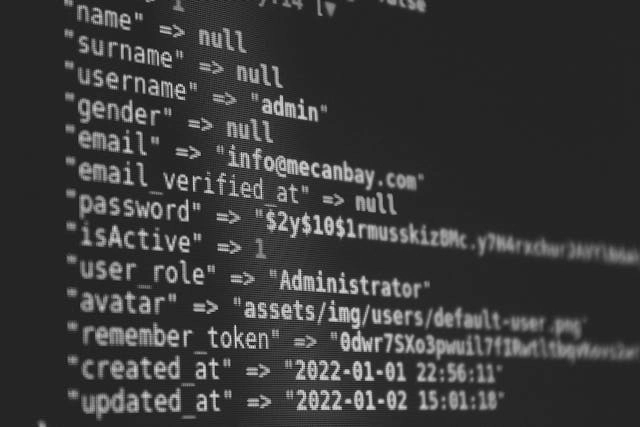Many business owners are uncertain about what is involved in an IT and Cyber Security Audit or whether it is even necessary, particularly if their business is small. Value for money is crucial, and an audit can seem expensive. However, no business is too small to be a target for cyber attacks, and every organisation can benefit from a tailored audit that fits its size and budget. Here’s what a typical cybersecurity audit entails:

An audit begins by defining its scope and objectives, determining which systems, networks, and data to assess, and clarifying goals, such as identifying vulnerabilities. Next, existing documentation is gathered to form a clear picture of the current security landscape, for example security policies, network diagrams, and asset inventories.
A risk assessment is then conducted to identify and evaluate potential internal and external threats to the organisation, assessing the likelihood and impact of each. This is followed by technical testing, which includes assessing system and network vulnerabilities, conducting controlled attacks to test defences, and reviewing access controls.
The audit also involves reviewing security policies and procedures, checking compliance with relevant regulations (such as GDPR), and assessing how effectively these policies mitigate risks. Evaluating incident response and recovery plans is another crucial step, ensuring they are comprehensive and up-to-date, while also reviewing any past incidents for improvement areas.
The audit assesses the organisation’s security awareness and training by evaluating team members’ knowledge, often through tests such as phishing simulations, to gauge reactions to potential social engineering attempts. After these assessments, findings and recommendations are compiled into a detailed report, highlighting critical issues and proposed actions.
The report is presented to key stakeholders, summarizing the most pressing issues and offering clear recommendations for action. Following the audit, an action plan is developed to implement necessary changes, with a scheduled follow-up to ensure issues are resolved and improvements are effective. Finally, regular reviews, continuous monitoring, and updates to policies help ensure ongoing security.
While this overview may seem detailed, it’s essential to outline the key components of a cybersecurity audit. If your organization lacks certain documents or procedures, we can help develop these. An audit provides not just valuable insights but also peace of mind—and that is invaluable.
Diana Catton MBA – by line and other articles
Photo by Muhammed Ensar


